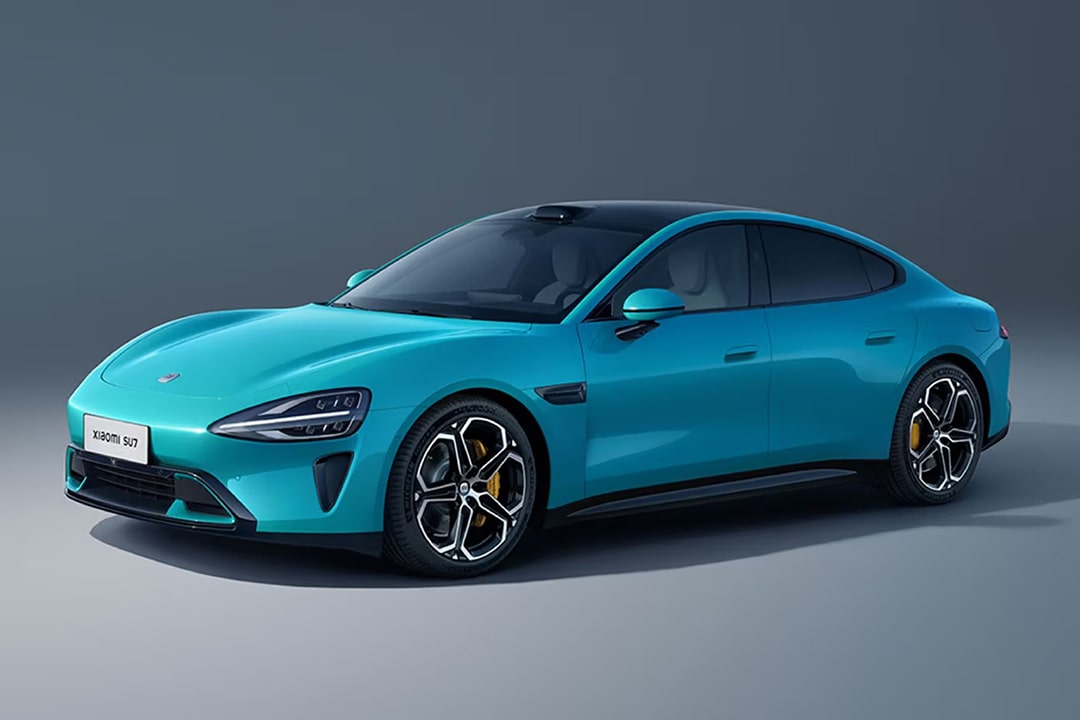On May 16, Xiaomi founder and CEO Lei Jun reappeared in public following a high-profile traffic accident involving the company’s SU7 electric vehicle. At a company event, Lei delivered a candid internal address, his first formal response to the incident.
Lei acknowledged that in the aftermath of the crash, the company was hit by a storm of criticism and scrutiny. “Like many of my colleagues, I was completely stunned,” he said.
Although peers had warned him that traffic accidents are inevitable when building cars, no one at Xiaomi anticipated the scale of backlash it would face.
Despite being a newcomer to the automotive sector, Xiaomi had treated safety as a top priority. Its SU7 model had earned top scores in safety evaluations from respected institutions. But the accident forced Lei and the company to confront a new reality. “We always saw ourselves as automotive rookies,” he said, “but society expects us to shoulder the responsibilities of a leading enterprise.”
A higher bar for Xiaomi
The incident revealed that public expectations for Xiaomi far exceed what the company had imagined. Consumers are no longer willing to treat it as a startup. Instead, they now hold it to the standards of a mature, established player, regardless of industry.
In the month that followed, Xiaomi’s leadership and automotive teams convened a series of internal meetings to assess how to strengthen safety systems and meet growing demands for transparency and governance.
According to Lei, Xiaomi is now setting its sights on building the safest vehicle in its class. For a company that only launched its EV initiative in 2021, it’s a bold and humbling shift.
The SU7 officially went on sale in March 2024. Since then, more than 240,000 units have been delivered. As of April, it is believed to be the bestselling vehicle priced above RMB 100,000 (USD 14,000) in China, across all categories and energy types.
The demand is so high that the delivery wait times listed in Xiaomi’s EV app stretch over 40 weeks. That means buyers placing orders now likely won’t receive their cars until March 2026.
In February, Xiaomi also introduced the SU7 Ultra, a high-performance version priced from RMB 529,900 (USD 74,186). With a modest sales target of 10,000 units for the year, it surpassed that figure in firm orders within just two hours. By the 72-hour mark, the total reached 19,000.
For a new entrant in the automotive industry, the figures are striking.

A shift in car safety expectations
Cars, unlike phones or small appliances, are complex machines tied directly to user safety. That means the road to better safety and quality is non-negotiable for every automaker.
The accident served as a sobering reminder. For Lei, it also signifies that, for Xiaomi, no investment in safety is ever too much.
According to the company’s disclosure, the crash occurred when a SU7 struck a concrete barrier in the middle of a road. The vehicle caught fire and was destroyed, resulting in fatalities. Logs show that the car was in navigate-on-autopilot (NOA) mode at the time.
In the wake of the accident, public scrutiny quickly zeroed in on two issues: whether the NOA system detected the construction signs, and whether the doors could unlock after impact. These questions have since expanded into broader concerns about EV safety standards and oversight.
Regulators responded swiftly.
On April 16, the Ministry of Industry and Information Technology (MIIT) issued new battery safety standards for EVs, shifting the benchmark from warning drivers five minutes ahead of fire risks to preventing such events altogether.
That same day, the MIIT introduced updated rules for driver assistance systems, covering naming conventions, feature visibility, and usage boundaries.
On May 8, it began collecting public input on proposed safety standards for car door handles, specifically targeting risks associated with retractable designs. A week later, on May 16, a draft regulation mandating automatic emergency braking systems for all passenger vehicles was finalized.
The automotive industry is now entering a phase of course correction, moving from a period of rapid expansion to one focused on technical resilience and safety.
In his speech, Lei said Xiaomi has clarified its new direction: beyond product development, the company will focus on building stronger systems and governance mechanisms to align with public expectations.
From specs and testing protocols to supply chain oversight and manufacturing processes, Lei said, safety is rooted in organizational capacity. Speed may deliver early wins, but a solid foundation is essential for long-term success. With a stronger safety culture, he believes China’s EV sector can evolve toward more sustainable growth.
KrASIA Connection features translated and adapted content that was originally published by 36Kr. This article was written by Xu Caiyu for 36Kr.

